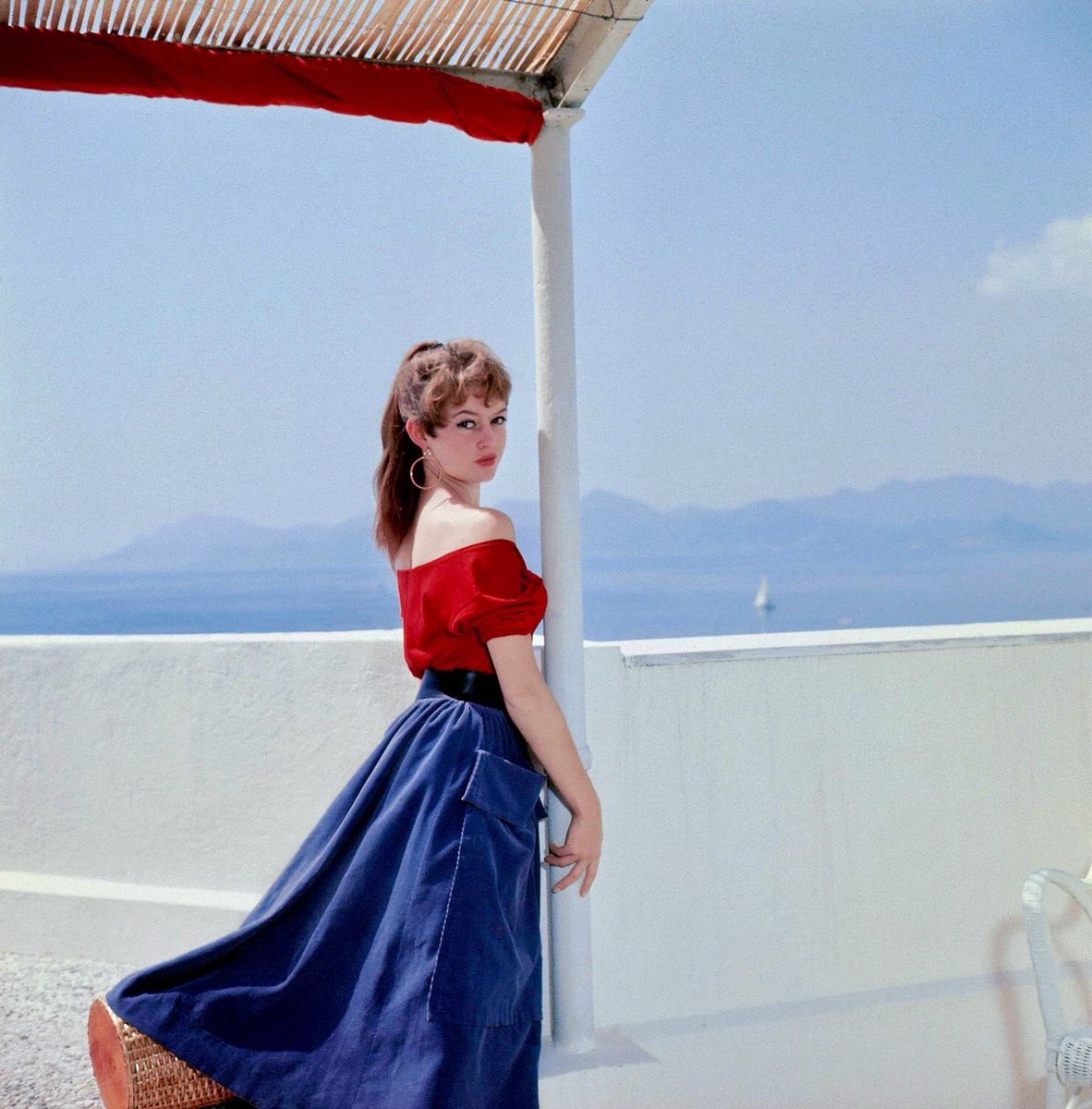
In the glowing aftermath of World War II, France saw the rise of a new kind of star. Against the backdrop of a country rebuilding itself, Brigitte Bardot emerged in the 1950s not just as an actress, but as a force. With her tousled blonde hair, unfiltered sensuality, and rebellious spirit, Bardot captured global attention—and redefined what it meant to be a woman on screen.

Born in Paris in 1934 and trained as a ballerina, Bardot didn’t initially set out to conquer cinema. But fate had other plans. Her breakout role in And God Created Woman (1956), directed by then-husband Roger Vadim, electrified audiences and scandalized conservatives. Bardot wasn’t playing a role—she was challenging the norms. Her sun-kissed skin and effortless sensuality stood in stark contrast to the polished glamour of Hollywood, ushering in a new era of natural beauty and liberated femininity. She was no ingénue. She was the revolution.

By the 1960s, Bardot had become the face of French style and spirit. Whether walking barefoot through Saint-Tropez or crooning the rebellious anthem “Harley Davidson,” she represented a kind of fearless freedom that transcended the screen. She wasn’t just admired—she was imitated, idolized, and dissected by a media that often failed to understand her depth.
And yet, beneath the image lay a woman who resented the box fame had built for her. Misunderstood by critics and often reduced to her appearance, Bardot pushed back quietly but firmly. In 1973, at just 39 years old and still one of the most famous women in the world, she shocked fans by retiring from acting entirely. Her decision wasn’t a breakdown—it was a reclaiming of autonomy. She walked away not because she had to, but because she chose to.

What followed was perhaps the most defining chapter of her life. Trading film sets for animal sanctuaries, Bardot founded the Brigitte Bardot Foundation and became one of France’s most outspoken animal rights advocates. Her passion for the voiceless turned her into a different kind of icon—one who used her celebrity not for self-promotion, but for activism. She became a powerful reminder that fame, when wielded consciously, can be a tool for change.
.jpg)
Today, Bardot stands as more than a symbol of 20th-century beauty. She is proof that reinvention is possible, that strength often lies in silence, and that refusing to be defined by others is a radical act in itself. Her life—on and off the screen—remains a blueprint for women who dare to be more than the world expects.

Brigitte Bardot wasn’t just a movie star. She was, and still is, a movement.

